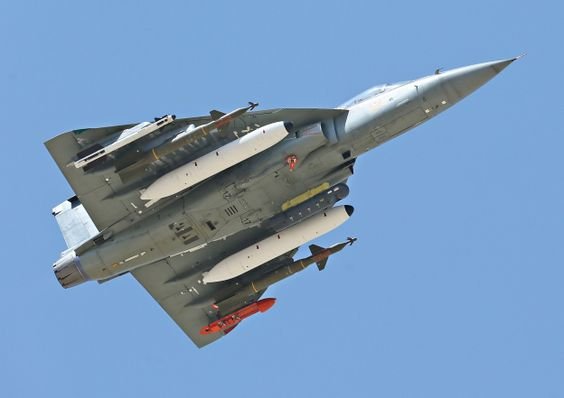Although not the first combat aircraft development initiative by India but LCA Tejas remains the most note-worthy. In 1967 Hindustan Aeronautics Limited handed over the first production units of HF-24 Maruts to the Indian Airforce. Kurt Tank the infamous German aircraft designer known for his amazing and mass-produced aircraft like Focke-Wulf FW-190, which served the Luftwaffe during World War 2. Over 147 units of HAL HF-24 Marut were produced and served the Indian Airforce until 1990. HAL has produced some aircraft in mass numbers under a license like Vampire, Mig-21, and Su-30MKI.
How does Tejas come into action?
Since the Indian Airforce was the second-largest operator of Mikoyan Gurevich Mig-21 fighter aircraft. In 1983 Indian Airforce started feeling the need for an aircraft to replace their aging fleet of Mig-21s which would meet the end of their service lives by the mid-1990s. In 1984 Indian Government established the Aeronautical Development Agency (ADA) for the purpose of developing a Light Combat Aircraft that could replace the aging fleet of Mig-21s and give a kick start to the country’s potential in the aerospace domain.
THE first LCA Tejas prototype took to the skies on 4 January 2001. On January 17 2015 it was formally introduced in the Indian Airforce’s service.
Tejas Specification
India’s indigenous LCA Tejas has a General Electric F-404 engine which provides it with 90-kilo newton of thrust with a full afterburner. Tejas has a range of over 1850kms while it has a very short combat radius of only 500kms. It has a service ceiling of 50,000ft. It can achieve maximum speed up to Mach 1.6. It has Israeli Elta EL/M-2032 multi mode Pulse Doppler radar. Which has a detection range of up to 150kms. EL/M-2032 is from the leftover of the Lavi Project. It is also featured in the Mig-21 Lancer upgrade of the Romanian Airforce. It has Israeli Elisra RWR, a Radio warning receiver that helps in situational awareness and gives advance warning against enemy radars. LCA Tejas has a full glass cockpit, NVG compatible, with indigenous Heads up Display. 3 5x5inch multi-function displays. The cockpit is equipped with Martin-Baker zero-zero ejection seat.
Tejas payload
LCA Tejas has 7 hardpoints, HAL claims Tejas’s Payload to be 53,00kgs, of which 35,00kg is carried on external stations. For the air-to-air roles, Tejas is planned to be integrated with a large variety of weapons. Currently, It has Gryazev-Shipunov GSh-23 cannon which fires 23x115mm rounds with a high rate of fire. For short-range within visual range air-to-air combat, Tejas carries all aspect infrared homing R-73 Archer. MBDA ASRAAM Missile is planned to be integrated on Tejas. In Beyond visual range domain Tejas currently employs the Israeli I-Derby ER Missile which has a range of over 100kms. India’s indigenous Astra missile is planned to be integrated on Tejas as soon as it will be cleared for operational use.
Tejas Variants
Air-to-ground Tejas employ different variants of the Russian Kh-59 air-to-ground missile. It also carries a variety of Russian unguided and laser-guided bombs. Many indigenous weapons like DRDO Glide bombs and DRDO SAAW (Smart Anti Airfield Weapon) are planned to be integrated into LCA Tejas.
Read more:https://aviationgeeks1.com/tejas-a-light-combat-aircraft-review/





